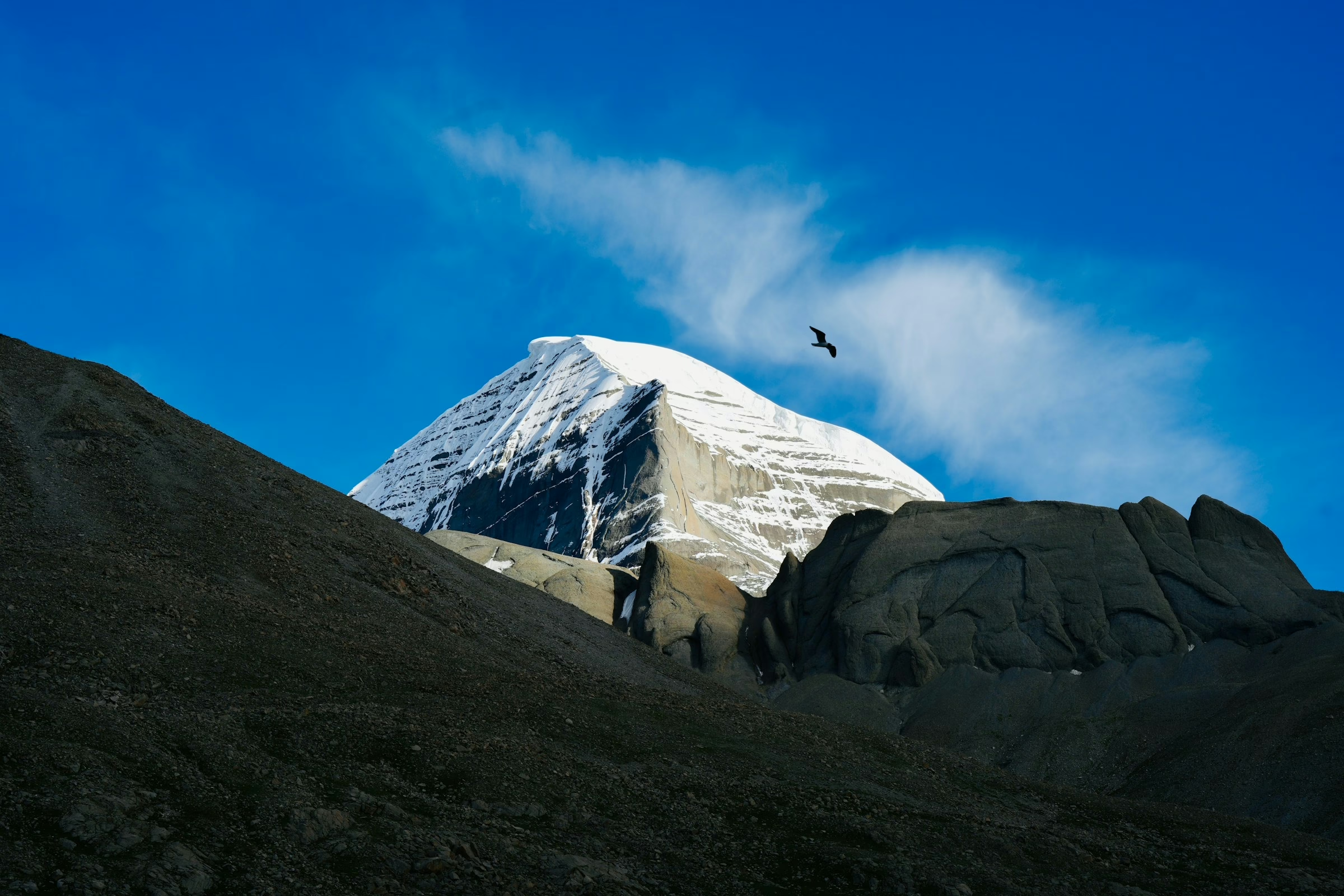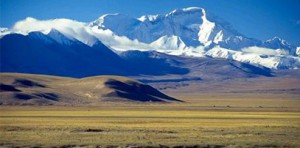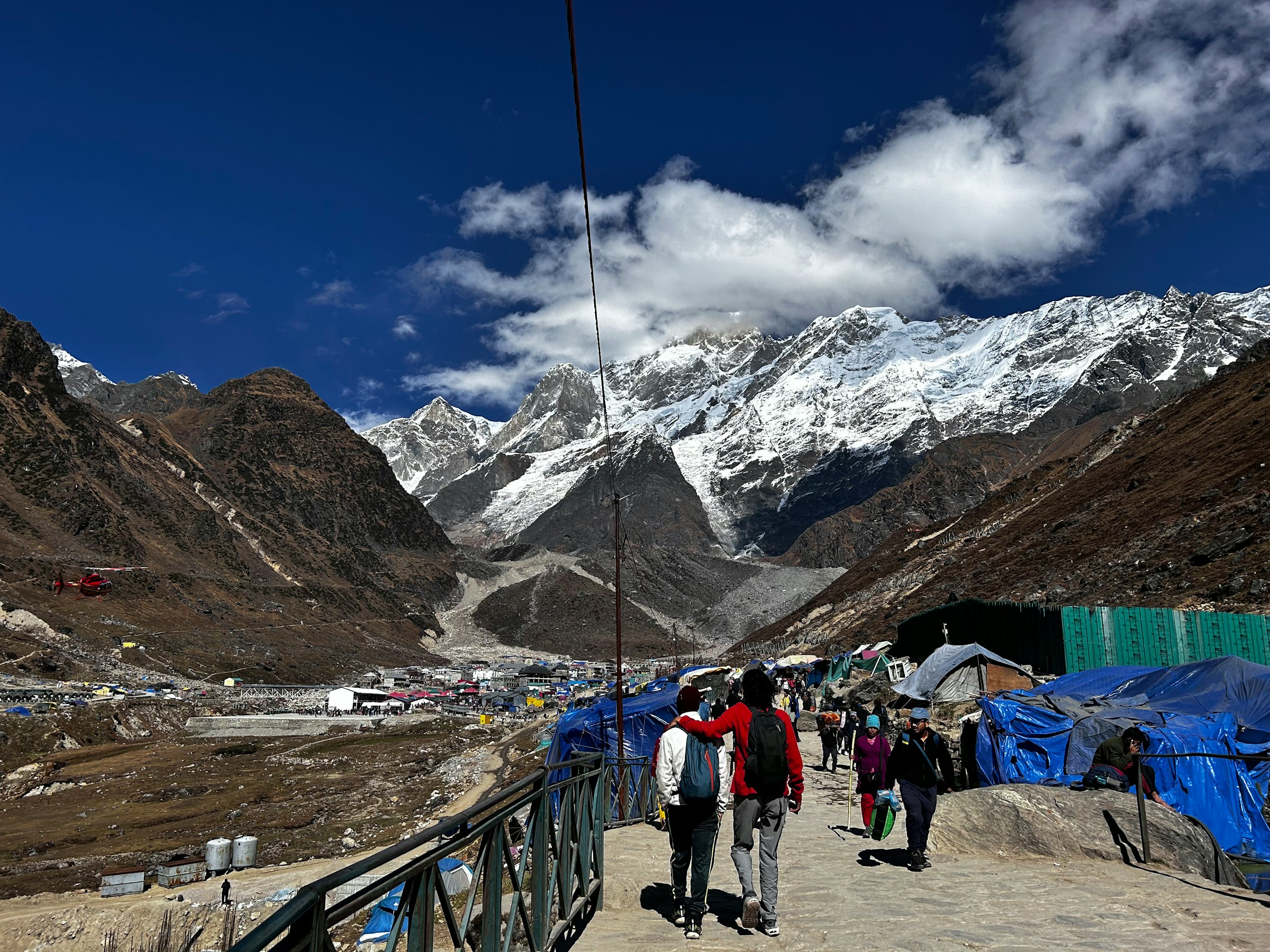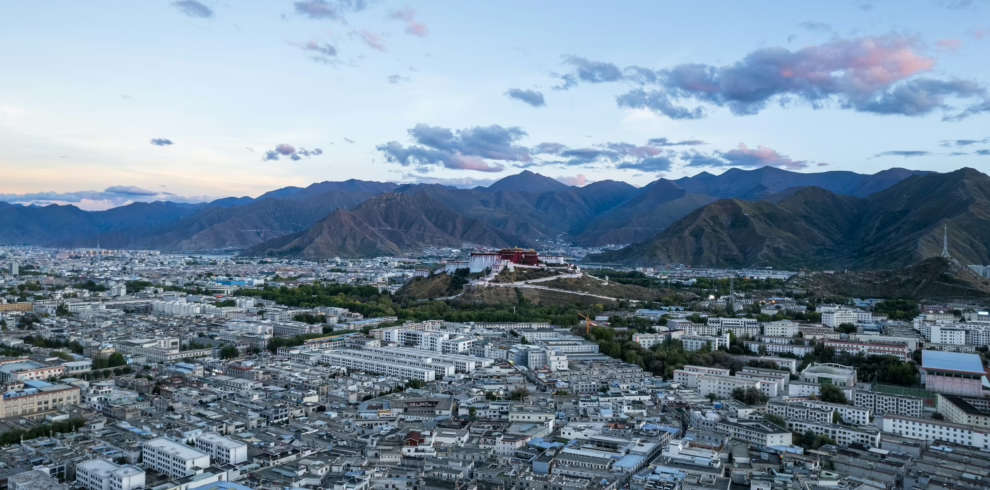Embark on a life-changing 10-day Kailash Spiritual Tour—one of the world’s most sacred and awe-inspiring destinations—at an accessible price. This specially curated group joining tour is designed for spiritual seekers and adventurers who wish to experience the deep serenity and power of this revered mountain.
Standing tall at 6,740 meters in remote western Tibet, north of the Himalayan range, Mt. Kailash holds a unique place in the hearts of billions. It is the holiest pilgrimage site for four major religions—Hinduism, Buddhism, Jainism, and Bon—yet remains one of the least visited. This paradox only adds to its mystery and spiritual magnetism.
Due to its isolated location, only a few thousand pilgrims reach Mt. Kailash each year. There are no flights or trains to the area. Access is possible only via three rugged land routes—each demanding, but profoundly rewarding. Even today, the overland journey requires careful planning, including carrying all fuel and supplies for the entire trip.
For over two centuries, devoted pilgrims from Nepal, India, and Tibet have undertaken the demanding journey to Mt. Kailash, drawn by its deep spiritual significance. Despite its sacred status, the region remains largely untouched by modern development. With little to no infrastructure along the route, travelers must arrange their own transportation and carry all necessary food and supplies for the rugged trek.
While the pilgrimage can be physically and financially demanding, many consider the experience priceless—a profound spiritual calling that transcends hardship and connects them with centuries of devotion.
Kailash Spiritual Tour offers you the rare opportunity to be part of a meaningful pilgrimage—one that blends adventure with spiritual awakening. Join a group of like-minded travelers and explore this sacred landscape that has inspired devotion for millennia.
Overview
Kailash Spiritual Tour 10-Day Itinerary is a group tour designed to take you on a sacred journey to Mt. Kailash at an affordable price. Rising to 6,740 meters, Mt. Kailash is located in remote western Tibet, north of the Himalayan range. Despite being one of the most revered mountains in the world, it is also one of the least visited. Considered holy by four major religions—Hinduism, Buddhism, Jainism, and Bon—Mt. Kailash holds spiritual significance for billions of people.
Due to its isolation, only a few thousand pilgrims reach the mountain each year. There are no trains or flights to the region, and access is limited to three long, rugged overland routes. Even with 4WD vehicles, the journey takes several weeks and requires travelers to carry all fuel and supplies.
In Hinduism, Mt. Kailash is believed to be the abode of Lord Shiva. Shiva is a paradoxical figure—both the supreme yogi and the master of Tantra. According to legend, he resides atop Kailash, where he meditates, shares divine union with his consort Parvati, and smokes ganja, a sacred herb. Far from contradictory, these qualities reflect Shiva’s transcendence of human dualities. For Hindu devotees, making the pilgrimage and beholding Kailash (darshan) is believed to bring liberation from ignorance and illusion.
For more than two centuries, pilgrims from Nepal, India, and Tibet have made this demanding journey. With little infrastructure in the region, travelers must arrange their own transport and bring all necessary provisions. The pilgrimage can also be costly, both financially and physically.
A key part of the pilgrimage is bathing in Lake Manasarovar, a sacred lake nestled on the Tibetan plateau near the towering Gurla Mandata. Along the way, the journey offers awe-inspiring views: cliff-top monasteries, vibrant Tibetan culture, yak caravans crossing snowy passes, and the majestic Himalayas. Expect to see grazing herds, yak-skin tents, and the dazzling turquoise of Lake Manasarovar.
Traveling in a guided 4WD convoy, you’ll explore Tibet’s rich tapestry of art, history, tradition, and cuisine—while deepening your own spiritual experience. The pilgrimage culminates in a kora (ritual circumambulation) around Mt. Kailash before returning across the wide, windswept Tibetan plains to the Nepalese border and finally back to Kathmandu.
Permit Processing for Kailash Spiritual Tour
To process your Kailash Spiritual Tour travel permit, please submit a scanned copy of each participant’s passport at least 30–35 days before the tour. Permit processing takes a minimum of 30 days. An initial 10% deposit is required to confirm your booking, after which we will apply for your Tibet permit on your behalf.
Visa Processing (in Kathmandu)
All participants must arrive in Kathmandu at least 4 working days before the tour for Chinese visa processing, which takes a minimum of 3 working days.
At our office, you’ll be asked to:
- Fill out the visa form.
- Submit one passport-sized photo (35mm x 45mm, white background, no glasses, accessories, or makeup).
- Ensure your passport is valid for at least 6 months and has at least 2 blank pages.
Once paperwork is complete, the remaining tour balance and visa fee must be paid. We’ll then process your visa on your behalf.
If you’d like assistance booking hotels or day tours while you’re in Kathmandu waiting for your visa, we’re happy to help.
Passport & Travel Documents for Kailash Spiritual Tour
All travelers to Tibet must hold a passport valid for at least 6 months for Kailash Spiritual Tour.
Required Documents:
- Chinese Group Visa (applies when entering Tibet from Nepal; individual Chinese visas will be canceled).
- Tibet Entry Permit – Mandatory for all foreign travelers; issued by the Tibet Tourism Bureau.
- Travel Permit – Required for visiting restricted areas in Tibet; issued after arrival.
- Military Permit – Required for traveling to sensitive regions.
If entering Tibet from China, you must arrange your Chinese visa independently or through authorized services.
Weather Information
Tibet’s weather varies by region but is generally cooler than mainland China due to its altitude:
- Summer: Warm days, strong sun, and cool to chilly nights.
- Winter: Cold but relatively dry with little snow; Lhasa remains sunny even in winter.
- Frost: Common for at least 6 months a year; some lakes freeze from October to March.
Lhasa offers milder weather due to its lower valley elevation, making it a favorable place to acclimate.
Safety Guidelines for Kailash Spiritual Tour
For a safe and respectful journey for Kailash Spiritual Tour, please follow these recommendations:
- Carry at least 2 copies of your Tibet Permit.
- Keep valuables secure and with you at all times.
- Acclimate in Lhasa for a few days before traveling to higher altitudes.
- Report any health issues or altitude discomfort to your guide immediately.
- Avoid visiting attractions right after arrival.
- Do not bargain aggressively with street vendors; avoid buying wildlife products or unverified Tibetan medicine.
- Be cautious of sunburn and sudden temperature changes at high altitudes.
- Carry personal medications as recommended by your doctor.
- Avoid heavy drinking and smoking during the tour.
- Respect local customs, religion, and cultural taboos.
- Do not travel alone at night or explore unfamiliar areas without informing your guide.
- Cash is widely used; carry enough cash in small denominations.
- Refrain from carrying materials related to the Dalai Lama or Free Tibet.
- Avoid bringing guidebooks that focus on politically sensitive topics.
In case of any emergency, contact your guide without delay.




